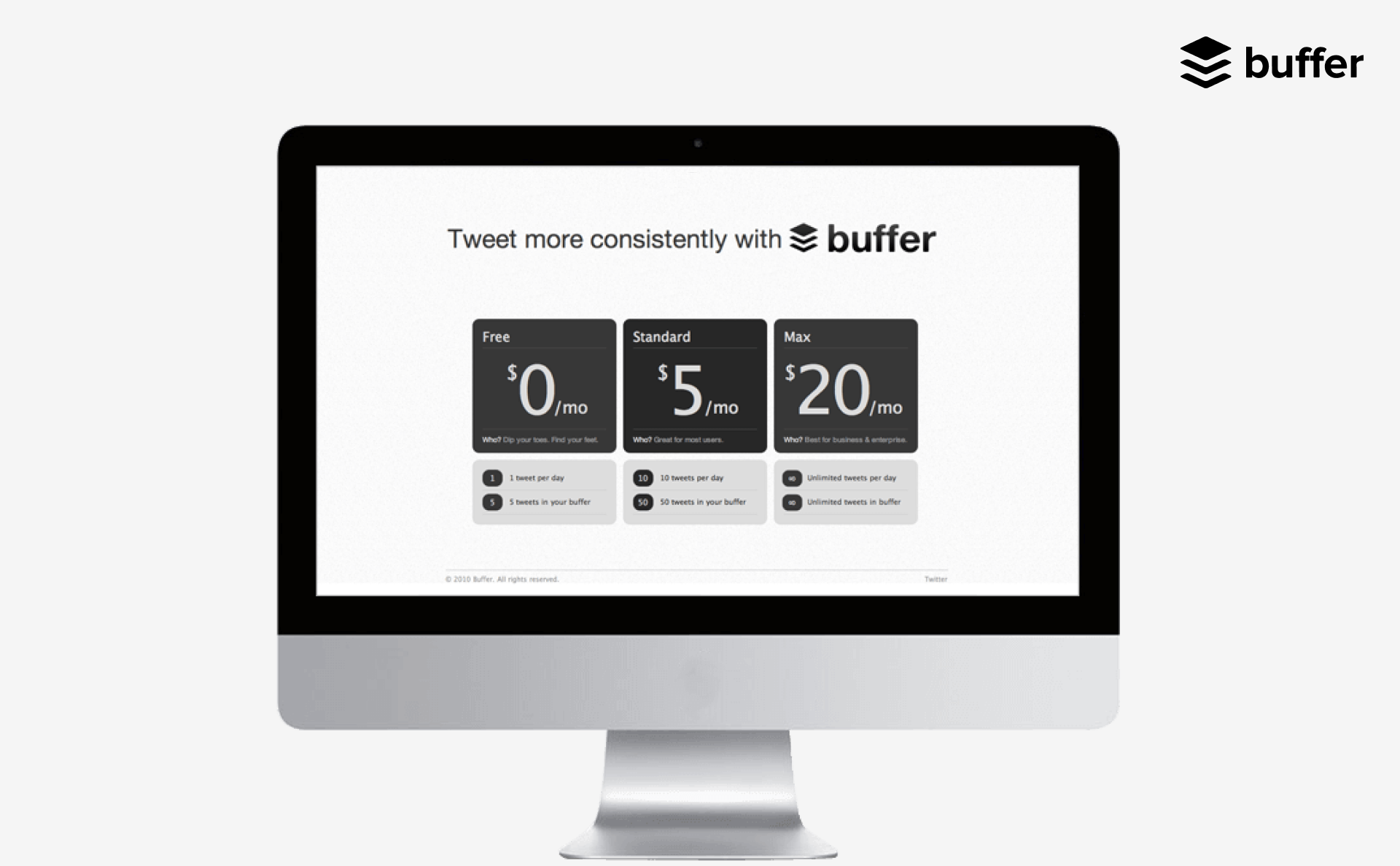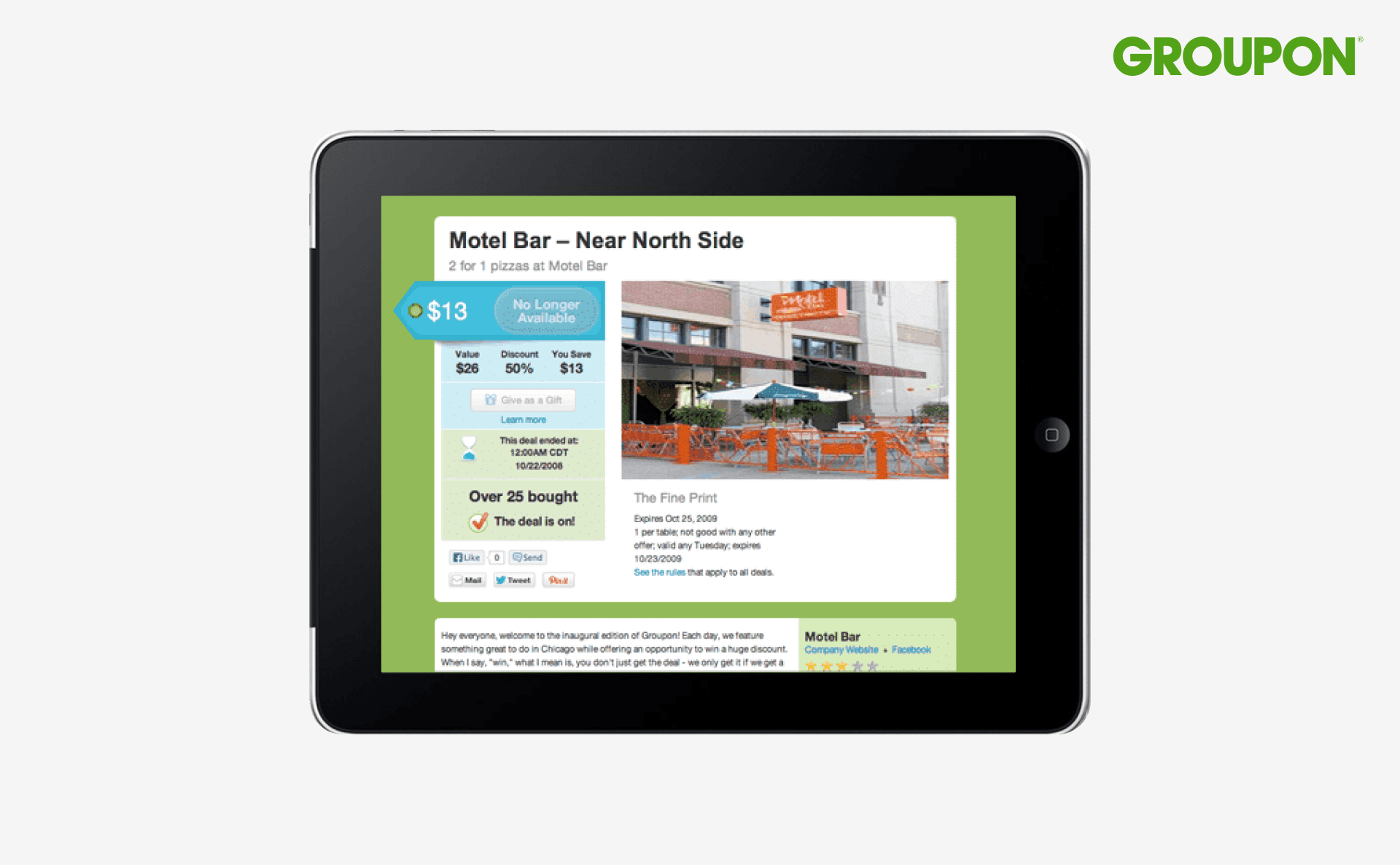Key takeaways
New ventures often fail because they’re built on untested assumptions. It’s easy to get excited about a promising concept, cutting-edge technology, or an innovative new business model, but without validation, there’s no way to know if your investments will lead to success. That’s where MVPs come in.
MVPs enable you to partner with your target audience and leverage their feedback to fuel the creation of new products and services. And this happens before you’ve spent too much launching the business. They also keep you from spending significant amounts of time and effort launching an offering that already has it’s first customers.
There are various types to choose from, each requiring different amounts of time and resources to build. MVPs come in two main categories:
- Low-fidelity MVPs, which are relatively easy to develop and provide basic results to help you understand the needs of your potential customers.
- High-fidelity MVPs, which are a bit more complex but provide more profound results about your customer buyer intent and feature preferences.
Each category contains several MVP types, many of which have been used to build some of today’s most game-changing companies. To give you a better idea of how these different MVPs work in practice, let’s take a look at some examples.
Uber: Digital Prototype MVP
Digital prototype MVPs are great when you want to validate a new offering without spending too much time and money on additional features or design. They enable you to learn about your target audience and their pain points quickly, with the flexibility to build on your basic model. Uber is a great example.
Like most great ideas, Uber was born from the need to solve a real challenge. Back in 2008, Travis Kalanick and Garrett Camp were in Paris for LeWeb’s annual tech conference. It was a cold winter night, and they were having trouble finding a cab (who hasn’t been there?). This led to the question: What if you could order a ride from your phone?
By 2009, the first iteration of Uber’s MVP was in the works (i.e. UberCab): A basic mobile app for iPhone users to book and pay for rides via SMS. As the story goes, the initial MVP started as a luxury ride service in New York with just three cars, offered on a timeshare basis (a relatively small audience). By 2010, the founders had gathered enough data to pivot, launching in San Francisco with a larger target market in mind.
Since then, Uber has continuously expanded its services to include Uber Eats, UberPool, UberX and Uber Black (among others). Although the company’s valuation has shifted during the past few years, in 2015, it was considered the most valuable startup in the world.

Amazon: Wizard of Oz MVP
Wizard of Oz MVPs involve creating an offering that looks automated and gives the customer all the benefits of that experience but is actually processed and executed manually. It’s a great option if you want to test a concept for an idea that relies on complex, sophisticated technologies. Case in point: Amazon.
Back in 1994, Jeff Bezos started Amazon from his garage, trying to test if he could build a company by selling things on the internet. After creating a list of 20 items, he eventually settled on books as a starting point. The MVP was simple: every time someone would place an order online, Bezos would order the book from the distributor and deliver the package personally. As explained by the founder himself:
“What’s actually happened over the last 25 years is way beyond my expectations. I was delivering the packages myself; we were selling books. I was hoping to build a company, but not the company you see today”.
Within a month, Amazon was bringing in $20.000 in sales per week, shipping orders throughout the US and 45 other countries. As time went by, Bezos continued to make data-led iterations, adding new products and evolving his business model. By 2015 he had surpassed Walmart as the most valuable retailer in the US.

Airbnb: Concierge MVP
While the users of a Wizard of Oz MVP have no idea a human is executing their automated service, Concierge MVPs are more transparent (i.e. customers know the service isn’t fully automated). Let’s look at Airbnb’s MVP to gain a better understanding of how concierge MVPs work.
Back in 2007, having recently moved to San Francisco, Brian Chesky and Joe Gebbia quickly noticed a significant customer pain point: In a city that frequently hosts highly attended conferences, it was extremely challenging (not to mention expensive) to find a place to stay. At the same time, the two founders were experiencing their own struggles paying the rent. Having some space to spare in their living room, they wondered: would people be willing to pay for an overnight stay? It was time to test the theory.
Armed with a few pictures of their space and a website targeting the attendees of an upcoming design conference, they launched the MVP that would eventually become Airbnb. The offer was simple; an overnight stay on air mattresses in their living room that included free wifi, free breakfast and a unique networking experience with peers. The result: 3 guests that paid $80 each (a promising start).
That first website didn’t offer the features Airbnb has today; it was just a gateway to gauge user interest - Chesky and Gebbia did the rest. Since then, Airbnb has expanded to over 100.000 cities across the globe and boasts 4 million hosts and over 1 billion guests.
Related reading: Five steps to building a successful go-to-market strategy for your corporate MVP.

Dropbox: Explainer Video MVP
As the name suggests, Explainer Video MVPs showcase the features and benefits of a product or service through a video. It’s a straightforward way to demo your product and observe the response from your target audience. That’s how Dropbox got its start.
Back in 2007, Drew Houston was working on a cloud storage and synchronisation tool to address file storage problems. Although he already had a prototype for windows, it wasn’t ready to be launched as a commercial product. He decided to test user response by creating a short explainer video showcasing how Dropbow worked and how easy it was to use.
The video was seen by Paul Graham, one of Y Combinator's co-founders, and Dropbox got its first seed funding. A year later, after a few iterations, Houston released a second video showcasing the Mac version of Dropbox, with additional features and a polished design. This time, his beta sign-up list went from 5.000 to 75.000 overnight.

Buffer: Landing page MVP
Landing pages are a great way to showcase and promote the features and benefits of a new product or service. Buffer’s story illustrates how MVPs can be used to validate new value propositions (VP) in as little as seven weeks.
Back in 2010, founder Joel Gascoigne was working on a solution that would enable users to schedule their tweets in advance. Gascoigne explained his initial MVP ambivalence:
“I even started coding Buffer before I’d tested the viability of the business. As soon as I realised that, I stopped, took a deep breath and told myself: do it the right way this time. It was time to test whether people wanted this product.”
To test demand, he created a landing page that described what Buffer did and gave viewers the option to click through and sign up for more details (e.g. plans and pricing). Using the insights gathered, he was able to launch just seven weeks later.

Groupon: Piecemeal MVP
Piecemeal MVPs enable you to combine existing tools, products and services to deliver your MVP offering. In essence, they allow you to test customer response without investing time, money and effort building a new product from scratch (that is, until it's validated). Groupon is a good example of how this works in practice.
Before Groupon, co-founder Andrew Mason spent 11 months working on a platform called “The Point”; where users could exchange services. Although The Point failed to take off, Groupon got its start as a WordPress blog on a sub-domain of that platform. As explained by Mason:
“All we did was we took a WordPress blog, and we skimmed it to say Groupon, and then every day we would do a new post with the points embedded. It was totally ghetto. We would sell t-shirts on the first version of Groupon. We’d say in the right up, ‘This t-shirt will come in the colour red, size large. If you want a different colour or size, email that to us.”
The initial MVP concept was simple: To promote local merchants with limited-time deals - using existing resources. For example, FileMaker was used to create PDF coupons, and Apple mail was used to automate emails.
Within just 16 months, Groupon reached a valuation of over $1B, and within two years, it was bringing in over $100M in monthly sales.

Final thoughts
The right MVP can help you take your venture to new heights quickly, with minimum risk and at a fraction of the cost it would have taken to go straight into production and launch. Putting in the (little) time and effort to build one before you make any big investments, is one of the wisest moves you can make.
____
An MVP is crucial to the success of your corporate venture. When you’re looking for cutting-edge growth marketing and customer acquisition techniques, we can help you out with our MVP development services.
How top corporate entrepreneurs measure success.
The new “NICE” framework created with Bundl Venture Club members








